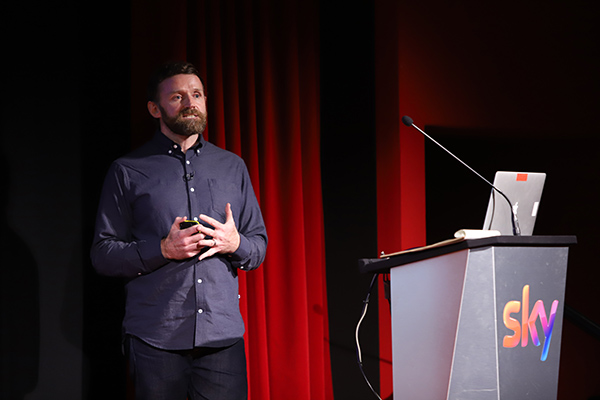
On March 14th 2019 Campaign Magazine hosted a breakfast briefing in London entitled “Brand v Performance: the marketer’s dilemma”.
This futile debate has been creating lots of hot air in the marketing world for a number of years now and I hope to draw a line under it. It presents marketeers with a binary choice to invest in Performance Marketing which is digital, data driven, precisely targeted and associated with immediate returns on investment, or Brand Marketing which does not create an immediate return on investment, is broad reach delivered through traditional media channels such as television, with ‘wastage’.
For marketeers, whose own performance is measured by short-term personal and business KPI’s, when presented with this dilemma, the decision to invest the marketing budget in ‘Performance Marketing’ is pretty straightforward. Marketeers are under pressure to deliver sales now without any real incentive to think about the longer-term picture. Hence, they focus only on short-term goals and become victims of the fallacy of short-termism a mistaken belief that a repeated short-term marketing approach will lead to long-term success.
Pause for a moment. Think about what performance really means.
Performance is the extent to which an investment is profitable. So, ask yourself this, is performance a short-term sales spike or long-term growth in market share and profit? In reality it needs to be both. A marketeer that has the vision to grow the brand and business in the longer term will not be around long enough to do so if they can’t deliver sales now.
That’s why we need a new, broader definition of Performance Marketing. One that accounts for performance in the short-term as well as performance in the long-term. A definition that includes the contribution Brand Marketing makes to overall performance. At RocketMill we call this Total Performance Marketing.
Ultimately, marketing performance comes down to influencing the choices people make about the things they buy. The purchase decisions our brains make every day are decided by a combination of emotional and rational thinking working together. Neuroscientists have shown that our emotional subconscious drives 95% of our purchase decisions. More often than not the role of our rational conscious thinking is to post rationalise the emotional decisions we’ve already made.
I recently bought some new Beats headphones. I made an immediate emotional decision about the brand I wanted to buy but still spent a week gathering rational reasons to justify my decision. For marketing to influence my decision it combined emotional and rational communications working together. Emotional Brand and rational Performance marketing are not, as the aforementioned debate suggests, a binary choice. In fact, the opposite is true, they are co-dependant.
Binet & Field’s extensive analysis of the IPA Effectiveness Databank concluded that marketing is at its most effective and efficient when it combines long-term, emotional brand building with short-term, rational, sales activation in an approach that’s been designed to work together. In fact, a combined approach was found to be two and a half times more effective.
Historically, there was a disconnect between Brand and Performance Marketing one delivered through traditional channels, the other through digital channels with no real way of joining them up. In the era of Total Performance Marketing everything is becoming connected, enabling the joining together of ‘Brand’ and ‘Performance’ marketing like never before. Data & technology has made it possible to connect with audiences across the entire customer journey. When audiences are not actively in-market, we can serve them an emotional Brand Building experience and when they become active and have signalled an intent to purchase, we can serve them more rational communications that give them reasons to buy. Furthermore, as more and more media becomes data driven, we have a wider range of data driven channels to play with, from television to radio and outdoor.
At the same time media has become connected by data it has also become more fragmented. Brand Building in a fragmented media landscape, requires fluid ideas that adapt and flow through channels moving away from an over-reliance on linear television. By 2028, 16-34s’ linear television viewing is forecast to drop to 45 minutes a day according to media analysts Enders. Over the same period 16-34’s video viewing will rise: 78 minutes will be on YouTube, social video and other online video platforms and 58 minutes on advertising-free platforms such as Netflix. Total Performance Marketing needs to embrace video across channels, in all its forms to build reach and engagement.
Brand Building takes time to kick in but it’s still effective long after the campaign has ended. The effects of Sales Activation are immediate but short lived. It follows that to evaluate Total Performance Marketing, we need to measure short-term and long-term effects.
So, let’s not waste any more time on the Brand v Performance debate. They are co-dependent and work best together. Instead, let’s focus our energies on mastering the skills to deliver Total Performance Marketing connecting Brand Building and Sales Activation like never before.





